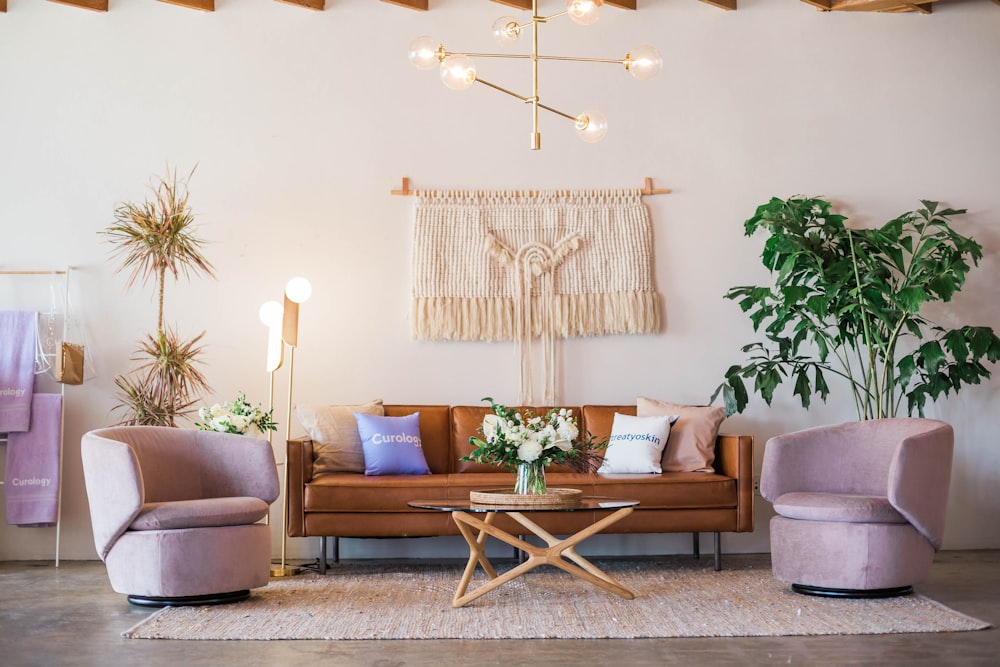Budgeting for Interior Renovation: Cost Factors
Understanding the Basics of Interior Renovation Costs
Embarking on an interior renovation project is an exciting endeavor, but it’s crucial to understand the various factors that can influence the overall cost. By gaining insight into these cost factors, homeowners can make informed decisions and create a realistic budget for their renovation journey.
Key Cost Factors to Consider
Several key factors can significantly impact the cost of an interior renovation. These factors include the scope of the project, the quality of materials and finishes chosen, labor costs, and any unforeseen expenses that may arise during the renovation process. It’s essential to carefully assess each of these factors to avoid budget overruns and ensure a successful renovation.
Scope of the Renovation
The scope of the renovation plays a significant role in determining overall costs. Projects that involve extensive structural changes, such as knocking down walls or adding new rooms, will naturally incur higher costs compared to projects focused on cosmetic updates like painting or replacing fixtures. Clearly defining the scope of work is crucial for accurate cost estimation.
Quality of Materials and Finishes
The quality of materials and finishes selected for the renovation can greatly impact costs. High-end materials and finishes typically come with a higher price tag, while more budget-friendly options can help reduce overall expenses. Balancing quality and cost is key to achieving a desirable outcome within budget constraints.
Labor Costs
Labor costs are another significant component of interior renovation expenses. The complexity of the project, the expertise of the contractors hired, and prevailing labor rates in the region all influence labor costs. It’s essential to obtain multiple quotes from reputable contractors and ensure clear communication regarding labor fees and project timelines.
Unforeseen Expenses
Despite careful planning, unforeseen expenses can arise during an interior renovation project. These may include unexpected structural issues, code compliance requirements, or delays due to unforeseen circumstances. Building a contingency fund into the budget can help mitigate the impact of these unforeseen expenses and keep the project on track.
Tips for Budgeting Successfully
To budget successfully for an interior renovation, homeowners can follow several tips. First, prioritize the most critical aspects of the renovation and allocate budget accordingly. Research and compare prices for materials and finishes to find cost-effective options without compromising quality. Obtain multiple quotes from contractors and negotiate pricing where possible. Additionally, building a contingency fund of around 10-20% of the total budget can provide financial cushioning for unforeseen expenses.
Making Informed Decisions
Ultimately, budgeting for interior renovation requires careful planning, research, and informed decision-making. By understanding cost factors, setting realistic expectations, and following budgeting tips, homeowners can navigate the renovation process with confidence and achieve their desired results within budgetary constraints. Read more about interior renovation cost




